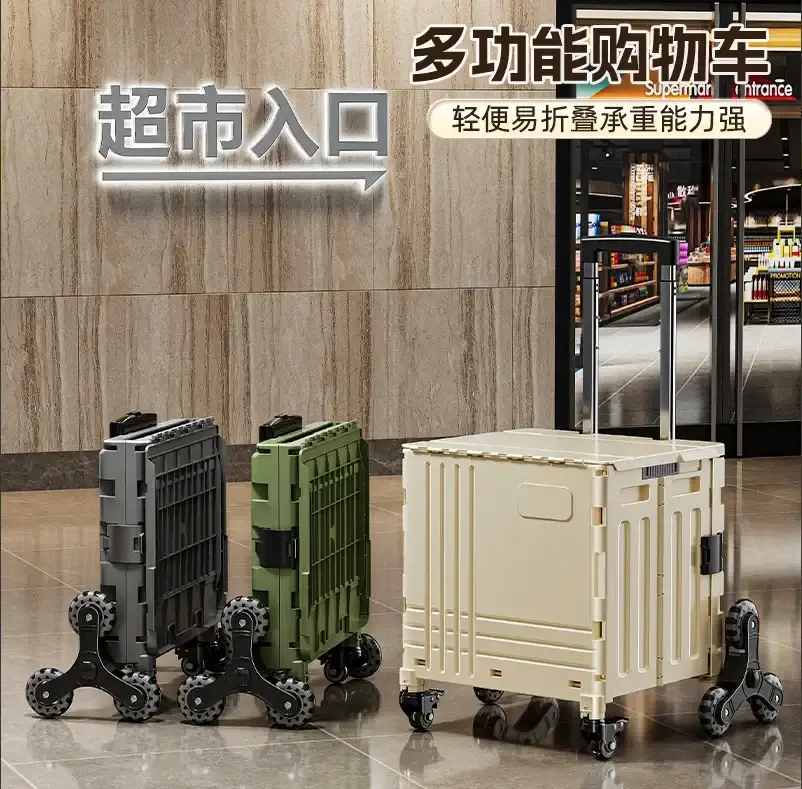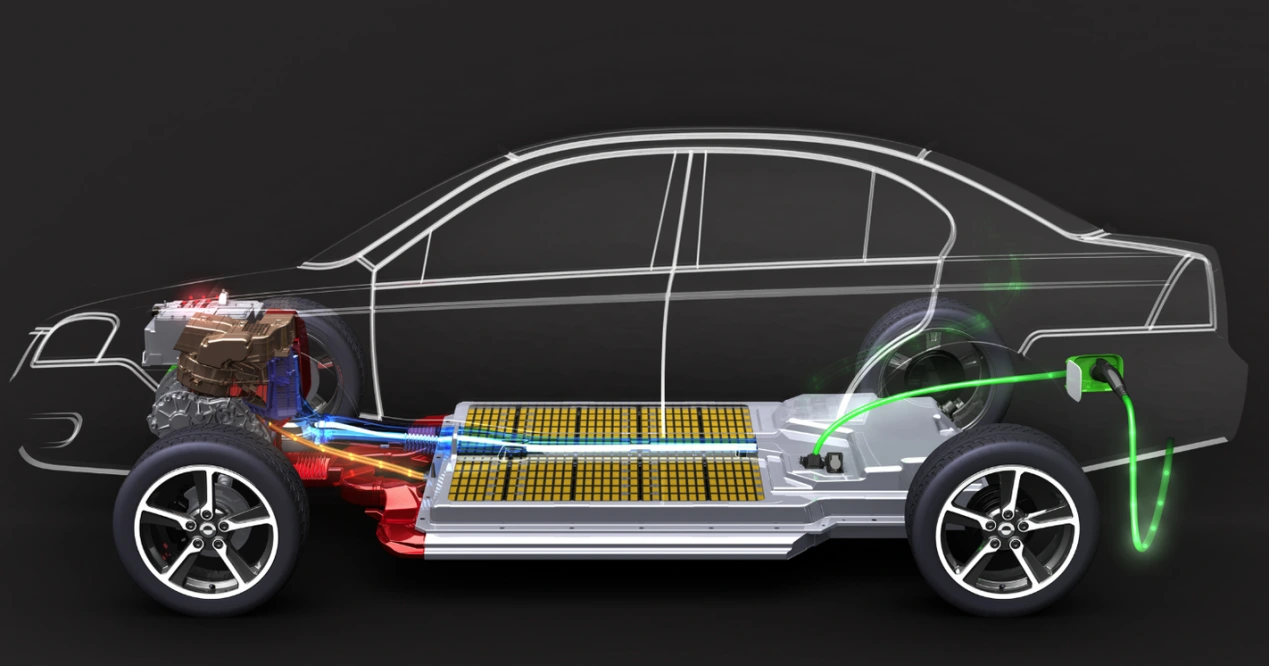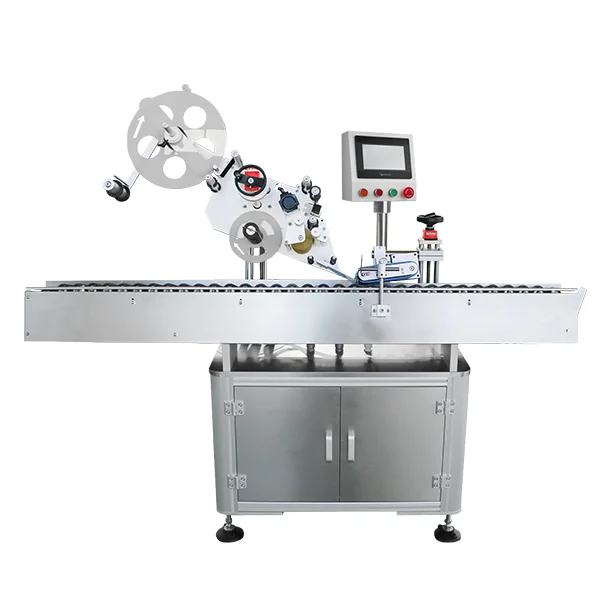When it comes to camping, choosing the right tent can significantly enhance your outdoor experience. Among the myriad of options available, cabin tents and dome tents stand out as two of the most popular choices. Each type has its unique features, advantages, and disadvantages, making it essential for campers to understand the differences before making a purchase. In this article, we will delve into the specifics of cabin tents and dome tents, examining their structures, usability, and suitability for various camping scenarios.
Structural Design: The Foundation of Functionality
Cabin Tents: Spacious and Vertical
Cabin tents are characterized by their tall, vertical walls and a rectangular shape, resembling a small cabin. This design maximizes interior space, allowing campers to stand up comfortably and move around freely. The height of cabin tents typically ranges from 5 to 7 feet, making them ideal for families or groups who prioritize comfort and livability. Many cabin tents also come equipped with multiple rooms, providing privacy for larger groups.
Dome Tents: Aerodynamic and Compact
In contrast, dome tents feature a more aerodynamic design, with a rounded top and sloping sides. This structure is achieved through a series of poles that create a dome shape, which not only enhances stability but also allows for efficient water runoff during rain. Dome tents are generally lower to the ground, making them less spacious than cabin tents. However, their compact nature makes them easier to transport and set up, appealing to solo campers or small groups.
Weight and Portability: The Great Outdoors Awaits
Cabin Tents: Heavier but Roomier
Due to their larger size and additional features, cabin tents tend to be heavier and bulkier than dome tents. This can be a drawback for campers who need to carry their gear over long distances. However, for those who prioritize comfort and space, the trade-off may be worth it. Cabin tents are best suited for car camping or situations where weight is not a primary concern.
Dome Tents: Lightweight and Travel-Friendly
Dome tents shine in terms of portability. Their lightweight materials and compact design make them easy to pack and carry, making them an excellent choice for backpackers or those embarking on multi-day hikes. Many dome tents can be set up quickly, allowing campers to establish their shelter with minimal effort, which is particularly advantageous in unpredictable weather conditions.
Weather Resistance: Battling the Elements
Cabin Tents: Room for Comfort, but Vulnerable in Storms
While cabin tents offer ample space and comfort, their tall structure can make them more susceptible to wind and severe weather. If not properly staked down, they may struggle to withstand strong gusts. However, many modern cabin tents come equipped with features such as rain flies and reinforced seams to enhance their weather resistance. Campers should always check the weather forecast and be prepared to secure their tent accordingly.
Dome Tents: Built for Stability
Dome tents are inherently more stable in windy conditions due to their low profile and aerodynamic shape. The sloping sides help deflect wind, reducing the risk of the tent being blown over. Additionally, many dome tents are designed with durable materials and weather-resistant features, making them suitable for various climates. For campers who frequently encounter unpredictable weather, a dome tent may be the more reliable option.
Setup and Accessibility: Ease of Use
Cabin Tents: A Family-Friendly Choice
Setting up a cabin tent can be a bit more involved due to its size and complexity. However, many models come with color-coded poles and straightforward instructions, making the process manageable for families. The spacious interior allows for easy movement during setup, which can be particularly beneficial when camping with children.
Dome Tents: Quick and Efficient
Dome tents are often praised for their quick setup time. Many models feature a pop-up design or simple pole systems that allow campers to pitch their tent in a matter of minutes. This efficiency is particularly appealing for solo campers or those who prefer to spend more time exploring rather than setting up camp.
Conclusion: Choosing the Right Tent for Your Adventure
Ultimately, the choice between a cabin tent and a dome tent depends on your specific camping needs and preferences. If you prioritize space, comfort, and the ability to stand upright, a cabin tent may be the ideal choice for family camping trips or extended stays at a campsite. On the other hand, if you value portability, quick setup, and stability in adverse weather conditions, a dome tent may be the better option for backpacking or solo adventures.



